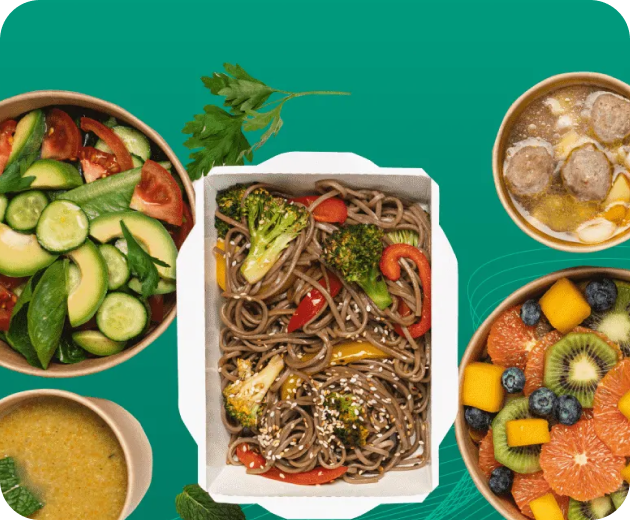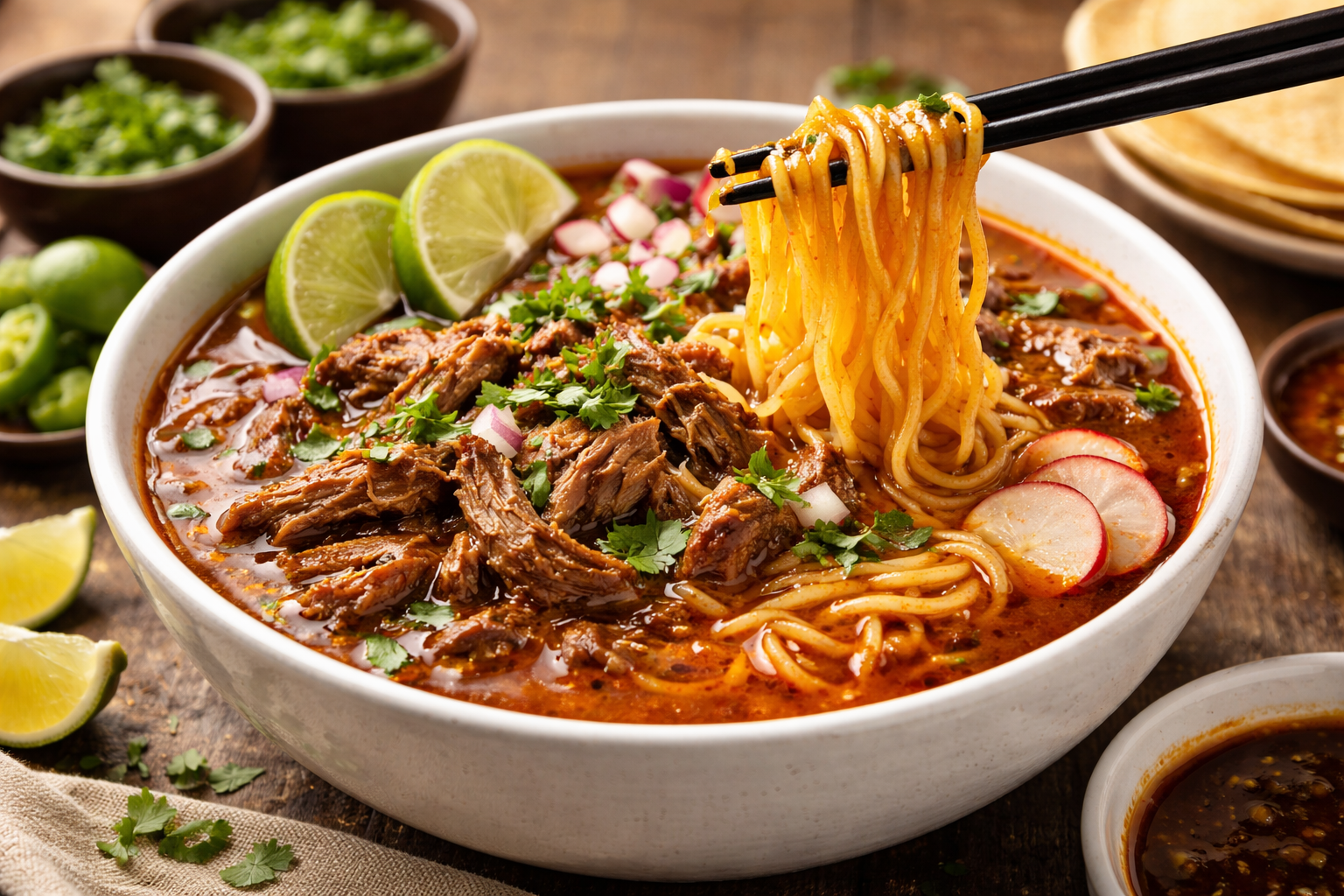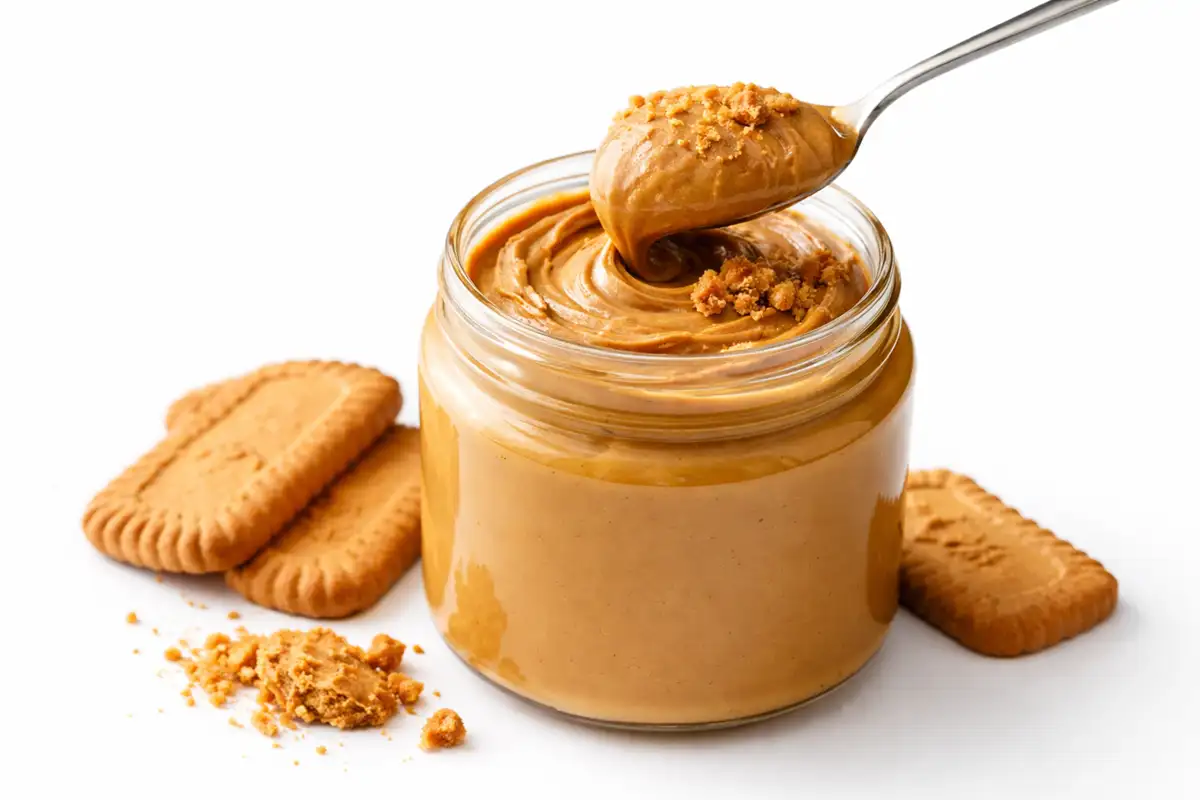How CPG Distributors Utilize Innovation to Overcome Challenges
CPG distributors play a crucial role in the supply chain of consumer packaged goods, linking manufacturers to retailers. They deliver products, manage inventory, and ensure items are available on shelves for consumers. As the retail landscape evolves and becomes more competitive, CPG distributors face various challenges and must adapt continuously to stay ahead.
In this document, we will discuss strategies that CPG distributors can employ to drive innovation and overcome the challenges they face in today’s market.
What Are CPG Distributors?
CPG distributors are companies that distribute consumer packaged goods to retailers, such as grocery stores and convenience stores. They act as a middleman between manufacturers and retailers, handling the logistics of getting products from production facilities to store shelves.
CPG distributors work closely with manufacturers to ensure timely delivery of products, manage inventory levels, and provide valuable market insights. They also collaborate with retailers on merchandising strategies and product placement in stores.
CPG Distributors Channels
CPG distributors typically operate through two main channels: the direct-to-store (DTS) channel and the warehouse channel. In the DTS channel, distributors work directly with retailers and deliver products to their stores. This channel is mostly used for perishable goods or goods with a short shelf life.
In contrast, the warehouse channel involves delivering products to regional or national warehouses before they are sent out to individual stores. This method allows for more efficient distribution of non-perishable items that can be stored for longer periods.
Challenges Faced by CPG Distributors
CPG distributors face various challenges in today’s market, such as:
- Increased competition from other distributors
- Rising costs of transportation and logistics
- Shifting consumer preferences and demand for new products
- Pressure from retailers to reduce prices and improve efficiency
To remain competitive, CPG distributors must find ways to drive innovation and overcome these challenges. Let’s see how they can do that.
Overcoming the Challenges with Innovation
Innovation is key for CPG distributors to stay ahead in the ever-changing market. Here are some strategies that can help:
Embrace Technology
The digital transformation in the CPG Industry has transformed the way businesses operate, and CPG distributors are no exception.
By leveraging technology, such as automated warehouse systems and data analytics, distributors can streamline processes, reduce costs, and improve efficiency.
Diversify Product Offerings
As consumer preferences and demand shift, CPG distributors need to diversify their product offerings. This not only helps attract new customers but also reduces dependence on a few products or manufacturers.
Focus on Sustainability
Sustainability for CPG products is becoming increasingly important for consumers. CPG distributors can differentiate themselves by offering sustainable products and adopting eco-friendly practices in their operations.
Establish Strong Partnerships
Collaboration with suppliers and retailers is crucial for CPG distributors. By establishing strong partnerships, they can gain access to new markets, reduce costs through shared resources, and improve overall efficiency in the supply chain.
Adapt to E-Commerce
With the rise of e-commerce, CPG distributors must adapt to this changing landscape. This means investing in online platforms, optimizing CPG marketing strategies, and finding new ways to reach consumers directly.
Emphasize Customer Experience
In today’s market, customer experience is just as important as the product itself. CPG distributors should focus on providing exceptional service and personalized experiences to build brand loyalty and attract new customers.
Invest in Training and Development
Investing in employee training and development can improve efficiency, increase job satisfaction, and ultimately lead to a more successful business.
By continuously developing skills and knowledge, distributors can stay ahead of industry trends and adapt to changing demands.
Stay Agile
Innovation requires agility – the ability to quickly respond to market changes and implement new strategies. To stay ahead in the highly competitive CPG industry, distributors must be agile in their operations, decision-making, and overall approach to business.
Conclusion
In conclusion, adopting sustainable practices has become essential for CPG distributors rather than merely an option for long-term success.
By collaborating with suppliers and retailers, embracing e-commerce, prioritizing customer experience, investing in training and development, remaining agile, and educating consumers, distributors can lower costs, stand out from competitors, and satisfy the demands of environmentally-conscious consumers.
By taking proactive steps now, CPG distributors can contribute to a more sustainable future while simultaneously driving growth and profitability in their businesses.




